How to Fix Bluetooth Icon and Option Missing in Windows 10/11
Bluetooth functionality might disappear from your Windows 10 system’s Settings for several reasons, such as software glitches, outdated drivers, or hardware malfunctions. If you’re facing this issue, you’re likely looking for reasons why the Bluetooth option has vanished and how to restore it.
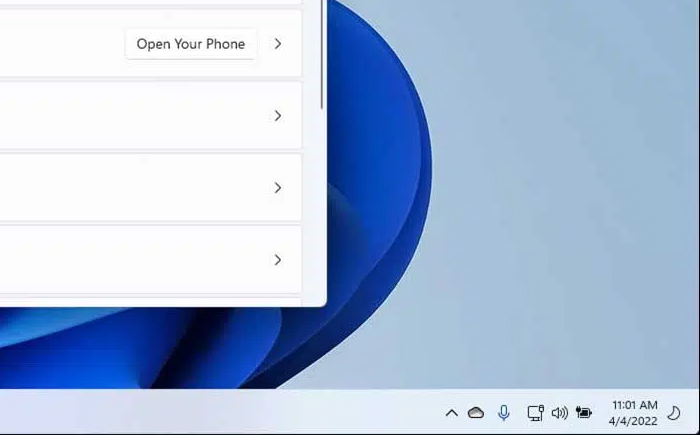
Newer versions of Windows 10 and Windows 11 have consolidated Bluetooth settings under “Bluetooth & other devices” within the Settings app. Additionally, the Bluetooth icon might go missing from the Task Tray. This updated article provides steps to resolve these issues.
First, ensure your device has Bluetooth hardware or supports Bluetooth. If Bluetooth is present, the issue could be due to incorrect configuration. The following solutions may help address the problem.
Important: Some laptops have a separate key for toggling Bluetooth on or off. Ensure that Bluetooth is activated using any physical switches or function key combinations (commonly Fn + F12) on your laptop. Physical switches typically supersede software toggles, meaning software alone might not activate your Bluetooth device.
1. Run the Bluetooth Troubleshooter
Windows comes equipped with numerous troubleshooters to address common system problems, including a dedicated Bluetooth Troubleshooter. It checks your Bluetooth hardware’s integration with the operating system, attempting to reinitialize and reconfigure any malfunctions automatically.
- Press the Windows key on your keyboard. In the search bar, type “Troubleshoot,” and select Troubleshoot Settings from the search results.
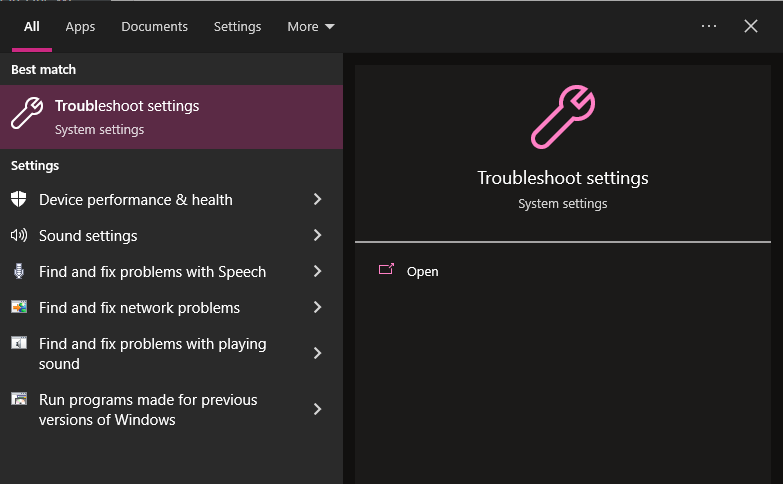
- In the Troubleshoot Settings window, scroll down and locate Bluetooth under the “Find and fix other problems” section.
- Click on Bluetooth to expand it, then click Run the troubleshooter.
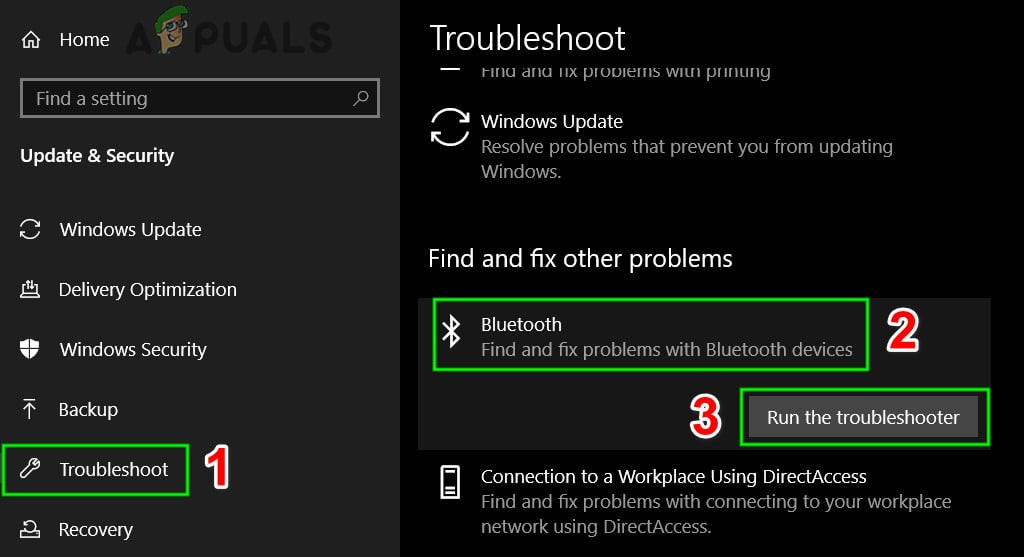
- Follow the on-screen instructions provided by the troubleshooter.
- Once the troubleshooter finishes its process, restart your computer and check if the Bluetooth icon has returned.
2. Boot into Safe Mode and then Back to Normal Mode
- Press the Windows key + R to open the Run dialog box. Type msconfig and click OK.
- In the System Configuration window, go to the Boot tab. Check the box next to Safe Boot.
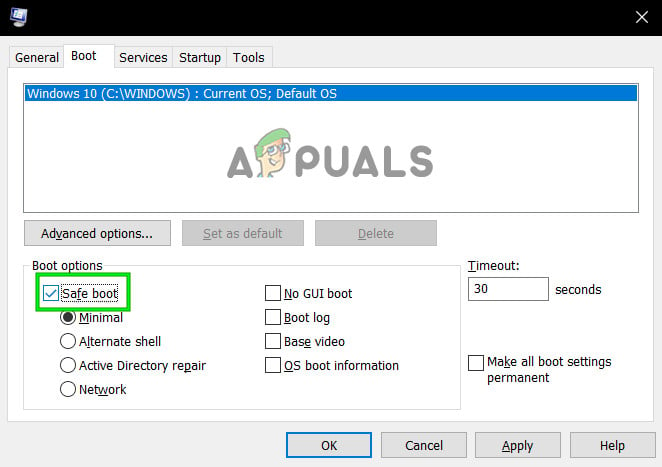
- Click OK and then restart your PC to boot into Safe Mode. Your drivers should automatically install in this mode.
- After booting into Safe Mode, repeat Steps 1 and 2. This time, uncheck the box next to Safe Boot. Click OK and restart your PC to boot back into Normal Mode. Check if the issue is resolved.
3. Check the Bluetooth Service Configuration
A missing Bluetooth option in Settings or the taskbar might indicate the Bluetooth service is disabled. By default, the service’s startup type is set to Manual. We can start the service again, set it to Automatic, and check if this resolves the problem.
- Press Windows + R to open the Run dialog box. Type services.msc and press Enter.

- In the Services window that opens, scroll to find Bluetooth Support Service. Double-click on it to open its properties.
Note: On some devices, additional services such as the Bluetooth Driver Management System might be present. Adjust these services as needed.
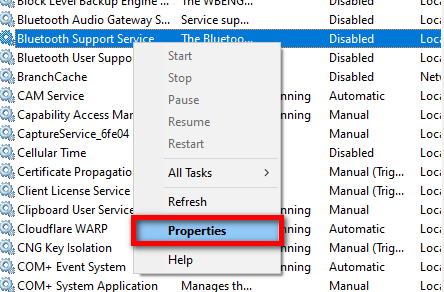
- In the Bluetooth Support Service properties window, click the Start button to initiate the service. Then, set the Startup type to Automatic. Click Apply to save the changes, and then click OK to close the window.

- Press Windows + I to open the Settings app. Navigate to Devices and check if the Bluetooth option is now visible.
4. Install the Default Bluetooth Drivers
Installing the default drivers for the hardware is another solution. Uninstall the device and then check for hardware changes using the Device Manager.
- Press Windows + R, type devmgmt.msc in the Run dialog box, and press Enter.

- In Device Manager, locate the Bluetooth category and click the arrow next to it to expand. Right-click on your Bluetooth hardware and select Uninstall device.
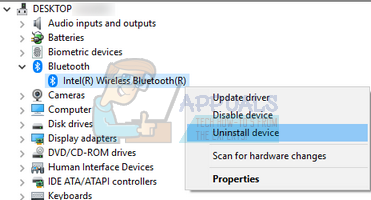
- Confirm the uninstallation by checking that the Bluetooth category is no longer listed in Device Manager.
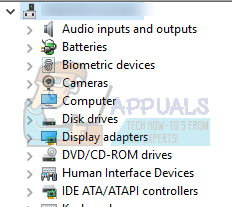
- If Bluetooth devices are not visible, click the View menu at the top and select Show hidden devices.
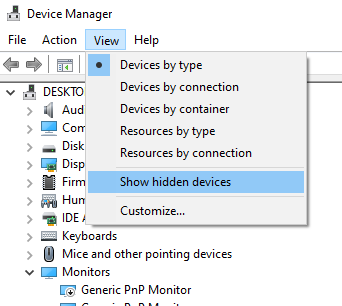
- Right-click any empty space within Device Manager and select Scan for hardware changes. The system will scan all connected hardware and should automatically reinstall the default drivers for your Bluetooth hardware.
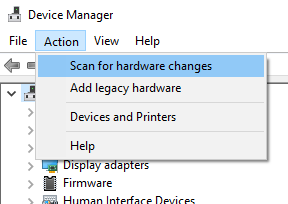
- Expand the Bluetooth category again to ensure the drivers have been reinstalled.

- Check if the Bluetooth option has reappeared in Settings. If not, restart your computer and check again. You may need to repeat the “Scan for hardware changes” step multiple times if the system does not initially detect your Bluetooth hardware.
Note: Ensure the device is enabled. Right-click on the Bluetooth entry and select Enable device.
If the hardware driver is corrupt or incompatible, right-click on the device and select Update driver. Choose the automatic option and ensure you have an active internet connection. Windows will search for the latest drivers online and update them.
If automatic updates yield no results, manually install the drivers after downloading them from the manufacturer’s website.
5. Enable Bluetooth on the Taskbar
To add the Bluetooth option to your notification area, adjust your settings. This allows you to manage Bluetooth features directly from the taskbar.

- Press Windows + S to open the search bar. Type Bluetooth and launch the most relevant application displayed.

- On the left side, select More Bluetooth options.

- Check Show the Bluetooth icon in the notification area, click Apply, and exit. The Bluetooth icon should now appear on your taskbar.
If the icon is not immediately visible, click the upwards arrow on the taskbar to reveal hidden icons.

Hopefully, these steps will resolve the Bluetooth issues on your system. If you are still facing difficulties, consider resetting your BIOS to Factory Settings.